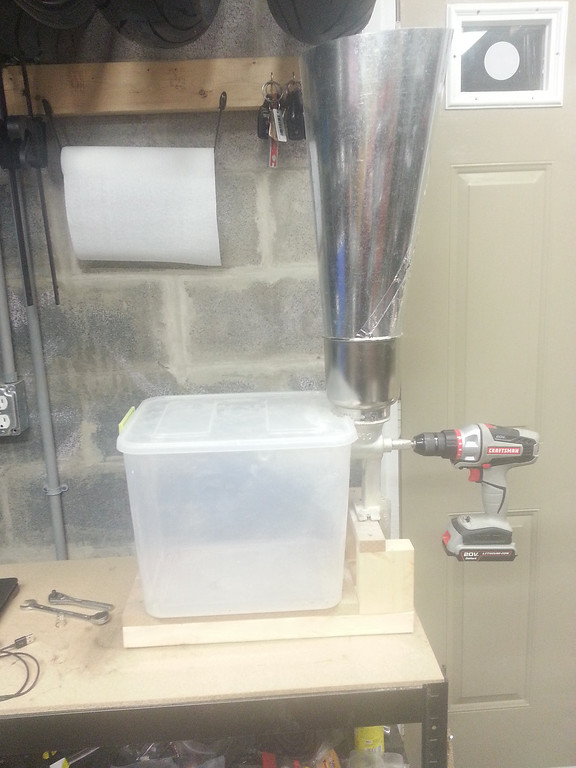So if multiple measurements are best, how do automated systems function?
Walking down the lines of blizz81 brewing history, I did a lot of reading about moving to AG and what people used. We had a horizontal cooler with a spigot already so we started with that. I didn't take as good of notes as I should have back then but measuring with a little $4 harbor freight digital thermometer, I think it kept temp ok. I don't think I was able to check all points in the mash with how long the probe was, though.
We had other issues with the setup and my roommate at the time was getting into the hobby and liked throwing $ around. It seemed almost universal that people only lost 1, maybe 2 degrees in vertical GOTT coolers, and we found a pricey product from the west coast designed after these, but specifically for homebrewers with a false bottom, thermometer included, sight glass, other connections for recirculating, etc. Once we got to using it, we found this lost quite a bit of temp over 60 minutes - up to like 15 degrees around the edges, even with a sleeping bag around it. This was after buying a more expensive Thermoworks long probe as we found the thermometer included would read pretty nutty, could never tell if it was stratification or bad thermometer. It was difficult to brew a beer that wasn't super-fermentable.
Because I wanted control (like you), I got a sanke keg and had intended to do direct fire on it, but I saw Bobby's bottom-drain hookup and thought that was cool (my No Wort Left Behind campaign), so I changed course and went RIMS. The tube is standard - heater element at one end, probe at the other, pump recirculating wort out the mash tun, through the tube, back into the mash tun. Probe measures the temperature of the wort passing through the tube. But you don't just trust the probe - you still want to know how the mash is doing. I've found if flow rate is consistent / moderate, the mash quickly settles to about 0.5-1 degree below what I set on the PID, and the delta at all points in the mash is within 1 degree. I usually end up setting the PID for one degree higher than my target mash temp.
If your mash tun does only lose a degree over the course of a mash and you're confident in the probe you're using (for what it's worth, the Harbor Freight ones I had measured within 0.5 degrees of the pricey Thermoworks probe), and you're measuring all over your mash and the delta is low, then even if you're a control freak you'll be able to RDWHAHB.
But in your case, especially if you're a control freak, get at least a cheap mill to where you can measure and control your crush







![Craft A Brew - Safale S-04 Dry Yeast - Fermentis - English Ale Dry Yeast - For English and American Ales and Hard Apple Ciders - Ingredients for Home Brewing - Beer Making Supplies - [1 Pack]](https://m.media-amazon.com/images/I/41fVGNh6JfL._SL500_.jpg)





















































